Block: 133
Timestamp: 12:30:00

AuditProfile
Security blog
Solodit Checklist Explained (1) : Denial-of-Service Attacks Part 1
Alright, security seekers! Hans here, ready to dive into our first tasty slice of the "Solodit Checklist Explained" pie!
If you're new to the feast, welcome! This series is all about turning the Solodit smart contract audit checklist – all 380+ items of it! – into something you can actually use. Think of it as turning a daunting quest into a fun treasure hunt, where the hidden gold is robust, secure code. And trust me, there's not much I enjoy more than secure code.
Remember the Preface? We set the stage, promising a journey packed with practical examples and stories from the trenches. We're not just aiming to prevent disasters; we're building confidence – the kind that lets you sleep soundly, knowing your smart contracts aren't ticking time bombs. Because let's be honest, who really sleeps well when they think their code is about to be exploited?
Today, we're wrestling with a well-known topic that lurks in the shadows of nearly every smart contract project. It's one of those sneaky issues that makes security experts facepalm during audits or after contests because it's so common yet so easily overlooked when you're deep in the coding trenches.
I'm talking about Denial-of-Service (DoS) attacks!
Read the full article here:
Link: https://hanssolodit.substack.com/p/solodit-checklist-explained-1-denial?r=2c07x9&utm_campaign=post&utm_medium=web&triedRedirect=true#ddos
#solodit
#vulnerability
Study for free

Cyfrin Updraft
Completely free courses

RareSkills Tutorials
Learn more about the blockchain world

Smart Contract Programmer
Free education videos
Awesome Books
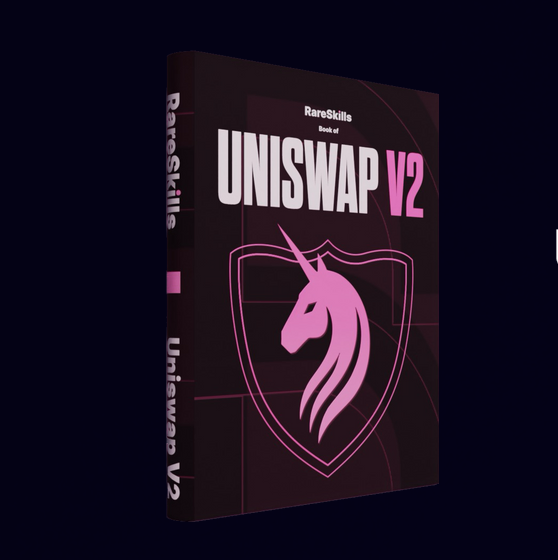
Uniswap V2 Book
by RareSkills
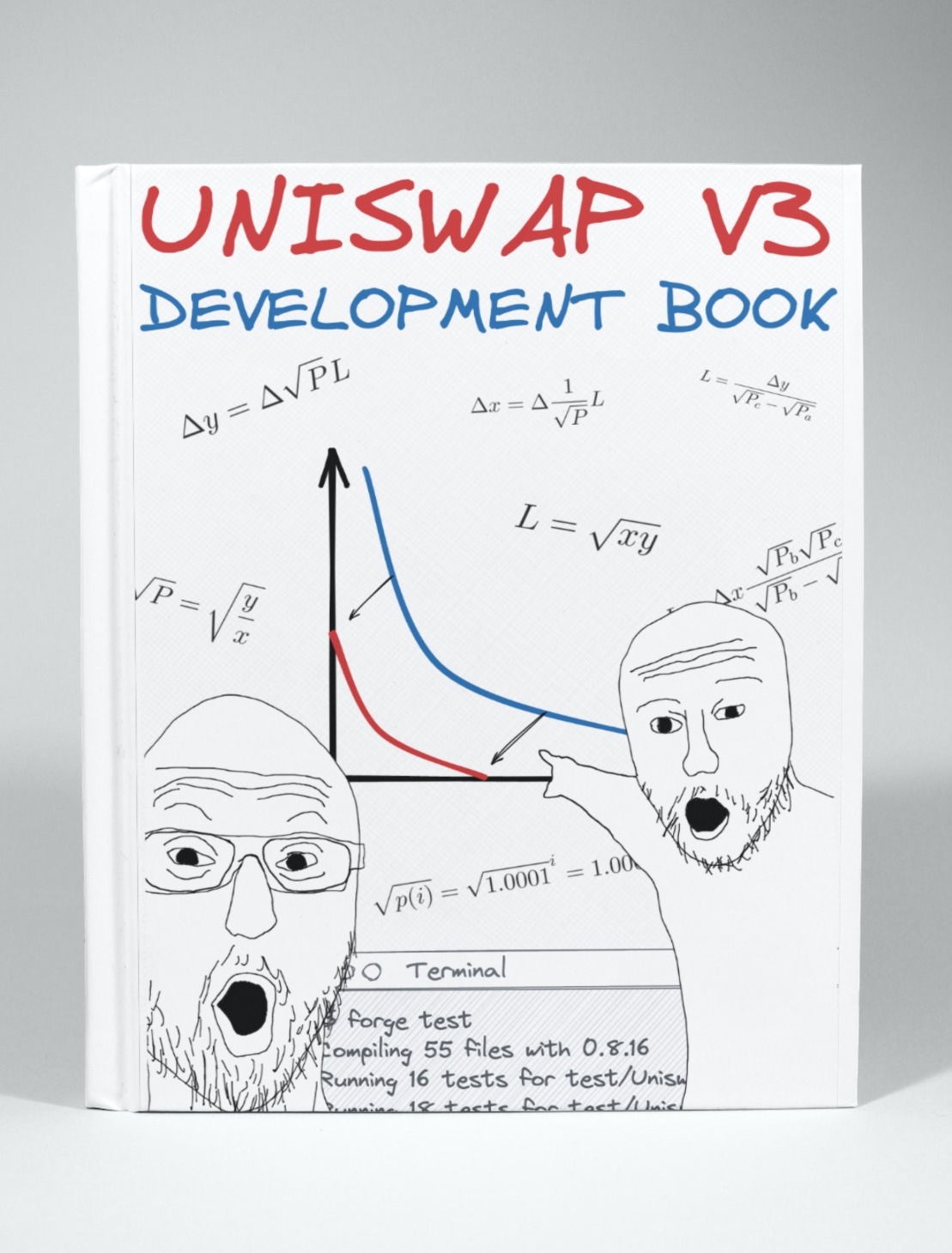
Uniswap V3 Book
by Jeiwan
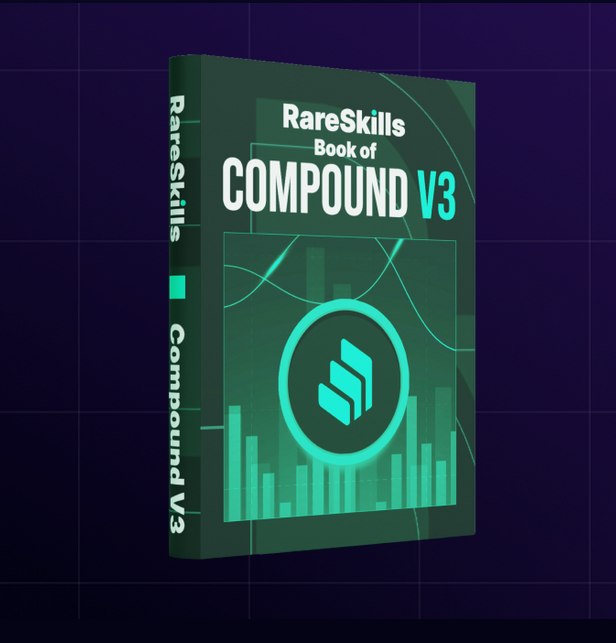
Compound Book
by RareSkills
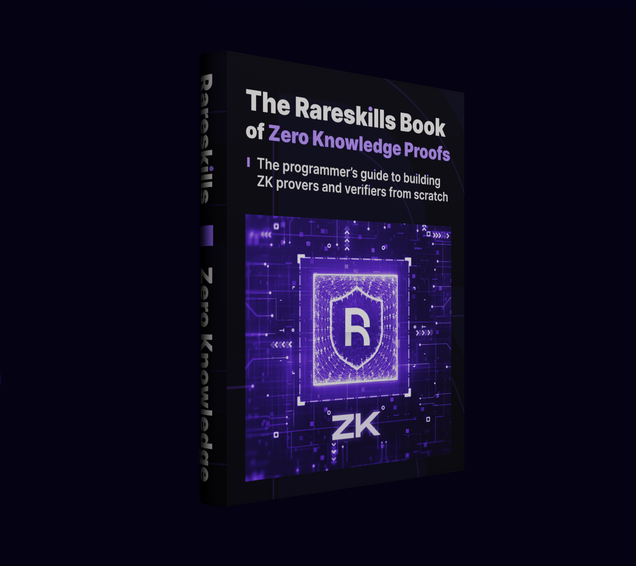
ZK Book
by RareSkills
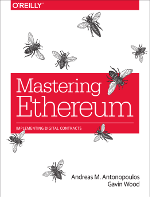
Ethereum Book
by Andreas M. Antonopoulos, Gavin Wood

Beigepaper
by Micah Dameron
Useful tools

EVM diff
Compare execution layer differences between chains
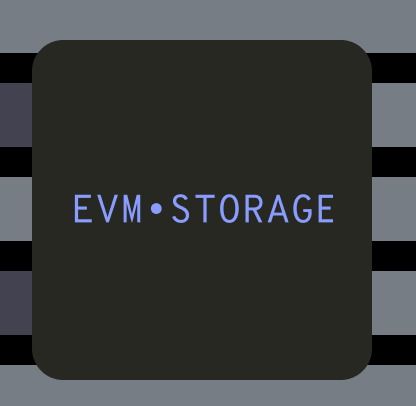
EVM storage
Dive deep into the storage of any contract

